Probably, every gardener has at least a couple of strawberry bushes on the site. These berries are very tasty and also have a rather attractive appearance. Of course, it takes a lot of effort to get a good harvest. Strawberries require careful maintenance. However, in our time you can find a huge number of new varieties that are characterized by high productivity and unpretentiousness. These berries are usually larger in size.
In this article we would like to tell you about the “Honei” or “Honeoye” strawberry variety. It was bred by American breeders, based on the varieties "Vibrant" and "Holiday". This strawberry has been cultivated since 1979, so by now it has gained considerable popularity. Below you can see a description of the Honey strawberry variety, as well as photos and reviews.
Characteristics of the variety
It is an early high-yielding variety with large fruits. Honey has strong compact bushes. The root system is well developed. The flower stalks are strong and can easily support the weight of ripe berries. It also forms large, dark green leaves that can grow up to 22 cm in length.
The bush begins to grow actively from the second week of April. It is at this time that the plant begins to prepare and gain strength before the start of fruiting. Flowering can last for two weeks. About 15 flowers are formed on the bushes. All berries on the bush begin to ripen at the same time. Depending on the climatic conditions of the region, ripening begins from the second week of May to the end of the month.
The berries ripen within 2 weeks. It is necessary to collect the fruits every 2-3 days. Each strawberry weighs about 35-40 grams. It has a beautiful rich color and shiny skin. The flesh can be red or orange-red in color. The density of strawberries is average. The fruits have a sweet taste with a slight sourness. There is a typical strawberry aroma.
By the end of the fruiting period, the berries become noticeably smaller. At the same time, they acquire a more pronounced taste and smell. The variety does not bear fruit twice a season. From the second week of June, mustaches begin to actively form on the bushes.
The variety is transportable. Strawberries can be stored for 3 days and retain their attractive appearance even after long distance transportation. At the same time, the freshness and taste of the berries are not lost. The advantages of this variety also include high frost resistance, as well as immunity to various leaf diseases. In addition, the variety stands out for its very high yield rates. About 0.4 kg of berries can be harvested from only one Khonya bush per season. The variety loves chernozem soils, but feels good on other types of soil as well.
The description of the Honey variety strawberry also contains some disadvantages:
- Honey does not tolerate excess or insufficient moisture;
- with prolonged fresh storage, the berries darken and lose their taste;
- possible diseases of the root system.
Of course, the advantages of this variety prevail, and the disadvantages are not so significant as to abandon the cultivation of such strawberries in your garden. Further, it is worth figuring out how to properly plant and grow the Honey variety.
Planting and leaving
It is advisable to plant the Khonya strawberry variety in the fall. In this case, it is important to take into account the time of the onset of frost. A month before the cold snap, the strawberries should already be planted. The best time to board is evening. This variety loves flat, well-lit areas.Slightly acidic soil is suitable for growing Honey. Strawberries thrive in loamy and sandy loam soils.
Organic and mineral fertilizers should be applied before planting strawberries. One square meter of the garden will need about 7–8 kg of organic matter. You can also make a nutrient solution with 50 grams of superphosphate and 30 grams of potassium sulfate.
When choosing seedlings, you need to pay attention to the width of the root collar. On healthy strawberries, it is at least 1 cm. Too long roots should be cut off, leaving about 5–8 cm. All dried and damaged leaves must be cut off. Then the seedling is lowered into the prepared hole, spreading the roots. Then the hole is covered with soil to the beginning of the upper part of the bush.
The planted strawberries must be watered and mulched with peat or humus. For the first week, the plants will have to be watered daily. After that, the number of waterings should be reduced to 1 time in 7 days. The soil around the bushes can be covered with a special film or straw. Every 2 weeks the soil is loosened and the plants are fed as needed. From time to time, you can carry out prophylaxis with special drugs against diseases and pests. If there are signs of infection, all affected leaves and peduncles should be removed immediately.
Honey Strawberries are picky about soil moisture levels. Gardeners who grow this variety should be careful when watering the bushes. Both excess and lack of water can be bad for the health of plants. It is also necessary to regularly remove everything from the garden weeds.
Conclusion
Many gardeners choose the Honey variety for growing on their plots. This strawberry has a high yield, as well as very attractive and tasty berries. The bushes are quite hardy and strong, they tolerate frost well. The variety is highly resistant to most diseases. The berries are easy to transport, making strawberries great for sales. Of course, like any other variety, Honey has certain disadvantages. This strawberry reacts sharply to lack or excess of moisture and can be susceptible to diseases of the root system. But, observing the rules of care, you can not worry about such manifestations. It is better to plant Honey in your garden and see from your own experience how good this variety is.
Testimonials
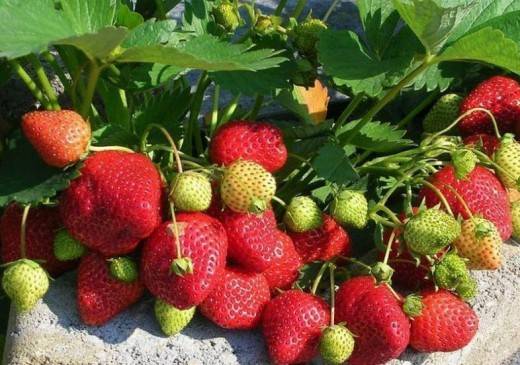
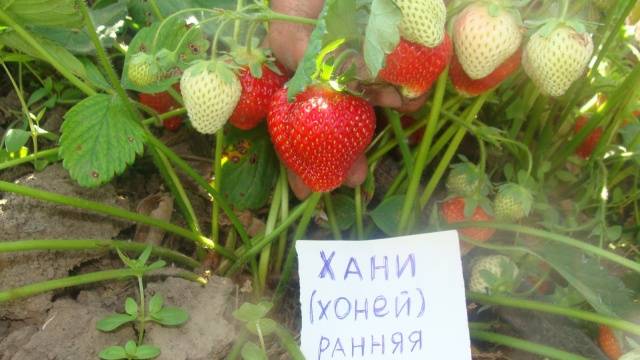
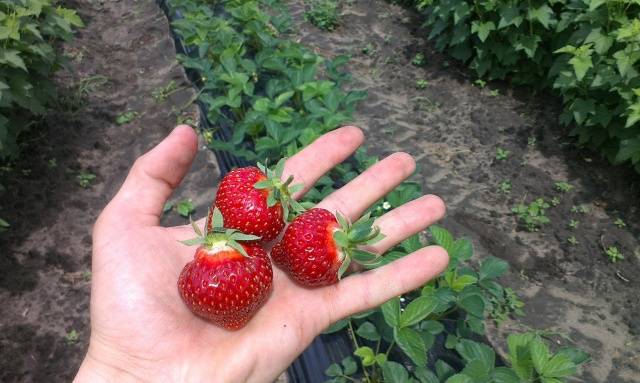
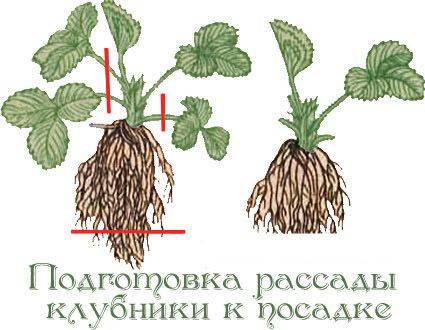
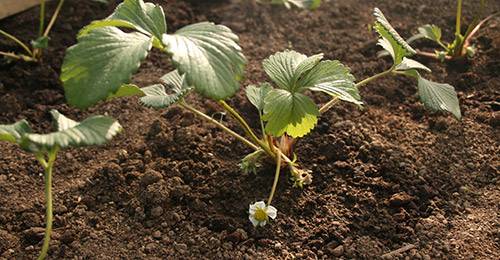
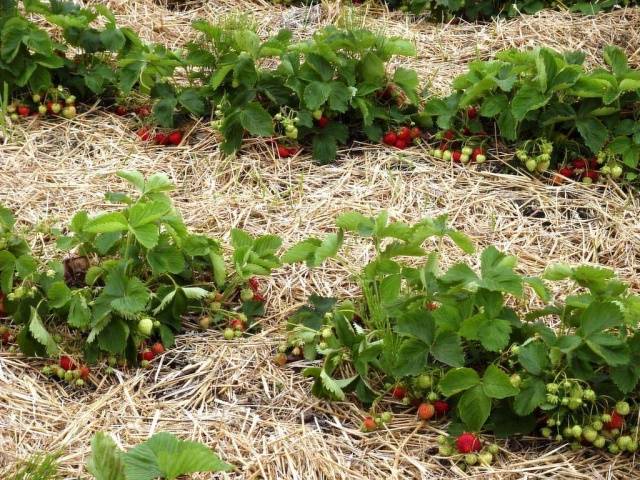
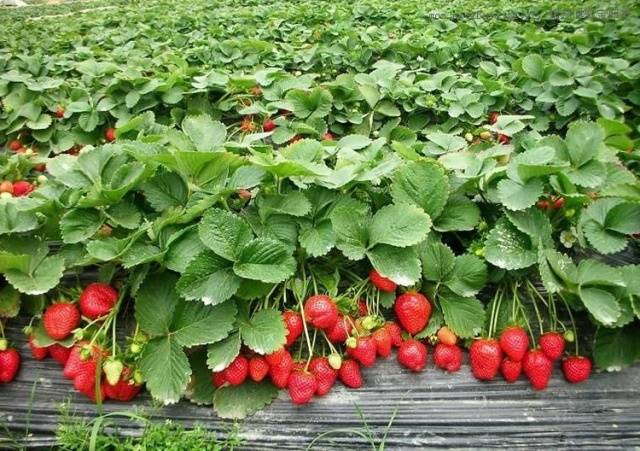
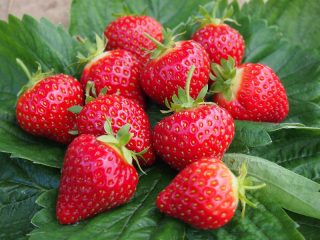
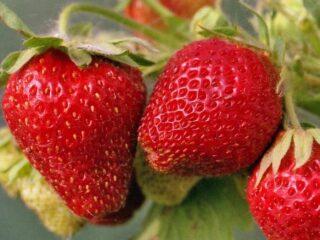
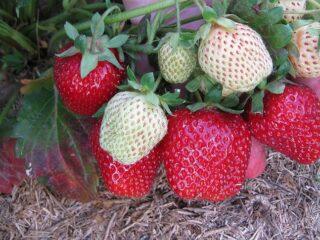






I bought it for the first time. The article is helpful, but it doesn't say anything about placement.